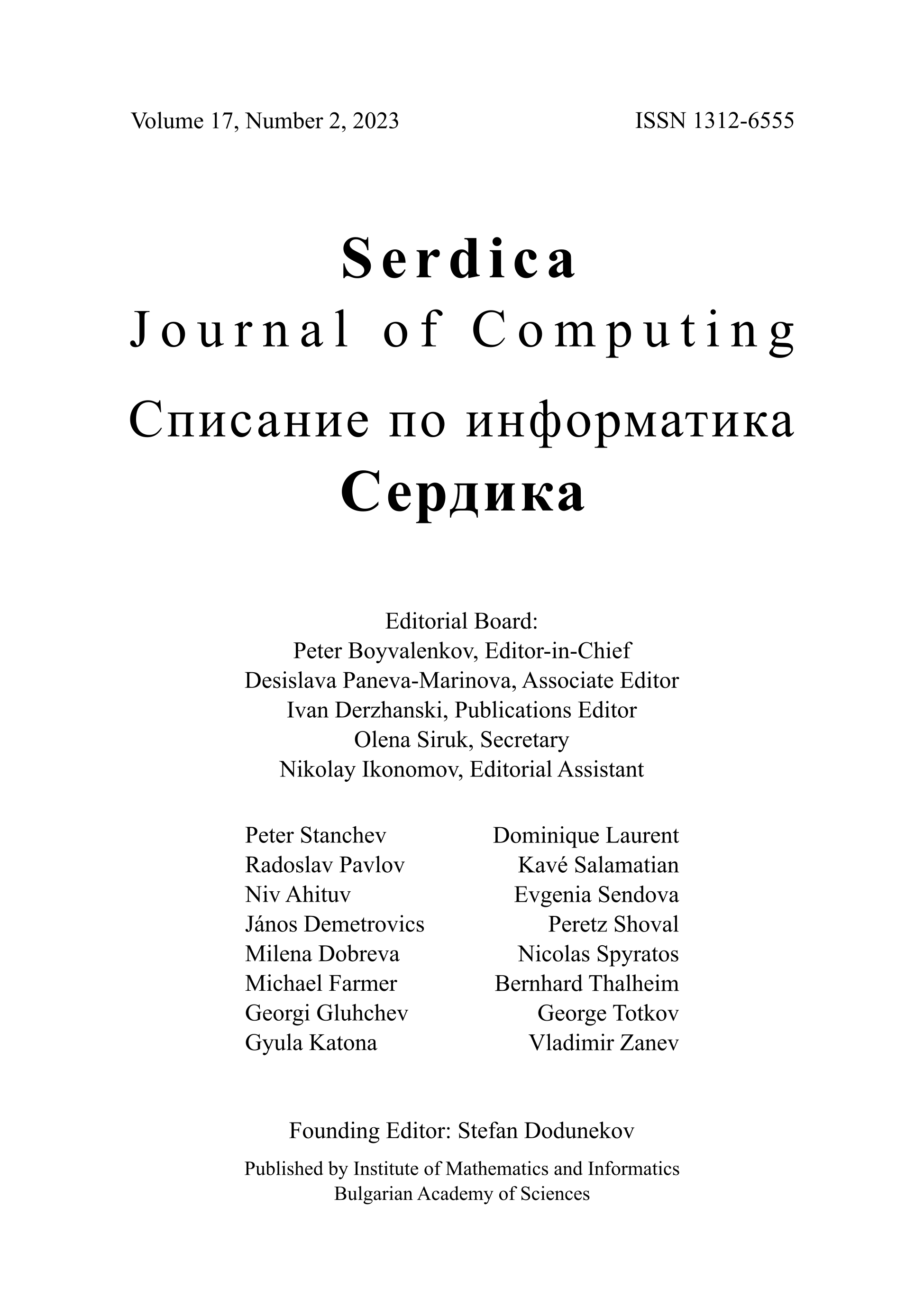On Learning in a Smart City Environment
DOI:
https://doi.org/10.55630/sjc.2015.9.223-240Keywords:
smart city, smart learning environment, full context awareness, big data and learning analytics, autonomous decision-making, SECI, learning scenario, forging online education through FIREAbstract
Advances in technology in recent years have changed the learningbehaviours of learners and reshaped teaching methods and learning
environments. This paper overviews a foundational framework and provides
models for planning and implementing smart learning environments.
Gartner’s 2015 Hype Cycle for Emerging Technologies identifies the computing
innovations such as Internet of Things, Advanced Analytics, Machine Learning,
Wearables, etc., that organisations should monitor. Learners and students,
being the future drivers of these industries, are the main human resource to
fulfil the vacancies of these work forces. Constant improvements and re-evaluation
of the curriculum has to be done regularly to keep the learners up-to-date in
meeting the requirements of these industries and corporations.
Universities benefit from these thinking-outside-the-box practices by equipping
students with work force experience that involves more hands-on tasks with
real-life infrastructures. The introduction is focused on analysis of emerging
industries and new types of jobs that require future
personnel to be well equipped to meet the expansion requirements of these
industries and keep up with their development needs. Section 2 looks at
the future Internet domain landscape that comprises a great diversity of
technology related topics involved in the implementation of Smart Learning Environments.
The purpose of section 3 is to overview a foundational framework and major
considerations for the planning and implementation of smart learning environments,
behind which is the convergence of advances and developments in social constructivism,
psychology, and technology. Section 4 introduces the smart learning models which
are developed to reflect the dynamic knowledge conversion processes in technology
enabled smart learning environments.
The last section presents a case study of a learning scenario entitled
“Monitoring the environmental parameters in a Smart City” as an illustration of
experimental learning on Internet of Things, which proofs the power of the FORGE
(Forging Online Education through FIRE) FP7 project methodology and infrastructure
for building remote labs and delivering them to students.
ACM Computing Classification System (1998): K.3.2.

